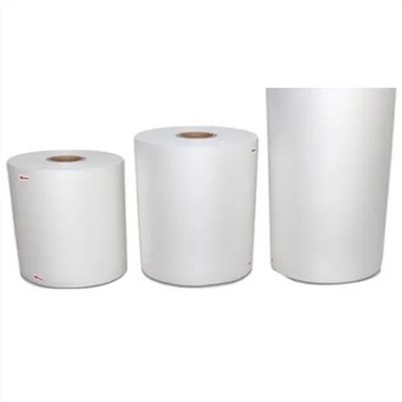The Reason Why The Viscosity Of The Wound Film Is Not Enough
Leave a message
The viscosity required for winding film should have both good stripping viscosity and good bonding viscosity. The higher the peeling viscosity, the more difficult the tray is to unpack, and the better the sealing of the film; The higher the bond viscosity is, the more difficult the film is to have longitudinal displacement. Therefore, in order to obtain a firm packaging, it is necessary to achieve a balance between the peel viscosity and the bond viscosity of the winding film.
1. The effect of molecular weight on the viscosity of wound film: the different molecular weight, the adhesion will be different, high molecular weight PIB film has higher peel adhesion, but with the increase of molecular weight of PIB, the bond adhesion will be attenuated; If the molecular weight is too low, the viscosity retention time will be too short because it is more volatile. Therefore, the selection of appropriate molecular weight PIB can make the wound film has the performance. The results show that PIBs with an average molecular weight of about 1300 are suitable for increasing the self-viscosity of wound films. 2. Effect of addition amount on the viscosity of wound film: The viscosity of wound film is positively correlated with the addition amount of PIB. However, when the amount of PIB is more than 3%, the improvement of self-viscosity of the wound film becomes insignificant. If the amount of PIB is increased, PIB will precipitate into blocks on the surface of the film, resulting in uneven self-viscosity of the film and even difficult to open the film roll. In order to ensure the performance of the wound film and considering the cost of raw materials, the addition of PIB should be controlled between 1 and 3%.
PIB has an exudation process, which generally takes about three days to wrap around the film surface to create sufficient viscosity.
3. Effect of winding film storage temperature on viscosity: The migration velocity of PIBs is related to the storage temperature. With the increase of ambient temperature, the migration velocity and viscosity of PIBs increase. Therefore, to achieve the required viscosity, the winding film should be stored at a higher temperature, and generally should be prevented from reaching the use requirements after a week. However, if it is stored at an environment higher than 30℃ for a long time, a large number of PIB will precipitate out, which is easy to produce the phenomenon of film roll size or paper core out. Therefore, after meeting the viscosity requirements, it should be stored at -15℃~40℃ as far as possible.
PIB is a viscous liquid substance. When PIB is co-extruded with polyethylene, the material cannot be extruded smoothly. Special extruding equipment is needed, such as extruder with hopper with forced-feeder to forced-feed LLDPE and PIB mixture, or special extruder that can pump viscous liquid to pump PIB. In order to facilitate production, people have developed a high concentration PIB adhesive masterbatch for the production of polyethylene wound film. This masterbatch is made by mixing PIB and polyethylene in a certain proportion. It is similar to various masterbatches often used in the production of plastic products, and has good fluidity and easy to use.






